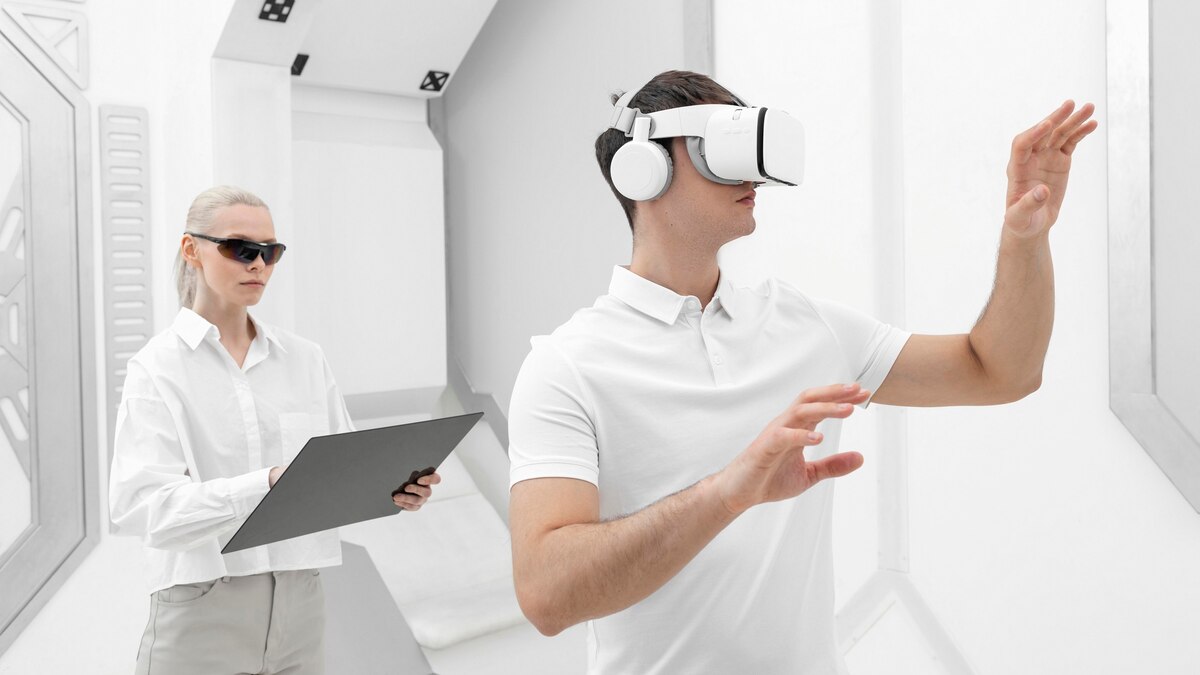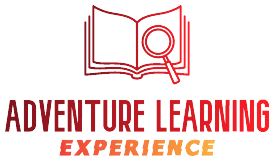In an era where technological advancements shape the way we learn and interact, mixed reality (MR) environments are at the forefront of transforming skill development.Read More
One of the most significant advantages of mixed reality is its ability to engage learners actively. Traditional learning methods, such as lectures or textbook readings, can often lead to disengagement and boredom. In contrast, MR environments foster a sense of presence, allowing learners to interact with virtual elements in real time. This interactive nature captures attention and increases motivation, as learners feel they are part of the experience rather than passive observers. Mixed reality provides a unique platform for practicing skills in a safe and controlled environment. For instance, in healthcare training, medical students can practice surgical procedures on virtual patients without the risk of causing harm. This feature is particularly valuable in high-stakes fields where errors can have serious consequences. By allowing learners to make mistakes and learn from them without real-world repercussions, MR environments facilitate deeper understanding and skill mastery. Another notable benefit of mixed reality is its capacity for personalization. Learners can progress at their own pace, revisiting complex topics or skipping ahead based on their proficiency. This individualized approach caters to diverse learning styles, ensuring that each learner receives a tailored experience that aligns with their needs. Moreover, MR can adapt scenarios based on the learner’s performance, providing real-time feedback and support to reinforce skills effectively. Research has shown that immersive learning experiences significantly enhance retention and recall. When learners engage with content through mixed reality, they are more likely to remember information due to the active involvement and multisensory experiences. The combination of visual, auditory, and tactile stimuli helps reinforce learning, making it easier for individuals to recall and apply skills in real-world situations. Mixed reality environments excel at bridging the gap between theoretical knowledge and practical application. In fields such as engineering and architecture, learners can visualize complex concepts and structures through MR simulations. This hands-on experience allows them to see how theories translate into practice, fostering a deeper understanding of the subject matter. By immersing learners in real-world scenarios, MR environments prepare them for the challenges they will face in their careers. Mixed reality also promotes collaboration and teamwork, essential skills in today’s workforce. MR environments can facilitate group learning, enabling individuals to work together on projects or simulations regardless of their physical location. This collaborative aspect enhances communication and problem-solving skills, preparing learners for the dynamics of a modern workplace where teamwork is vital. The integration of mixed reality environments into skill development offers an array of benefits that traditional learning methods struggle to match. By enhancing engagement, providing safe learning spaces, personalizing experiences, improving retention, bridging theory and practice, and fostering collaboration, MR environments are paving the way for the future of education and training. As technology continues to evolve, the potential for mixed reality to transform how we learn and develop skills is limitless, making it an invaluable tool in the quest for knowledge and expertise. Embracing this innovative approach will undoubtedly unlock new levels of potential for learners across various fields.1. Enhanced Engagement and Motivation
2. Safe and Controlled Learning Environments
3. Personalized Learning Experiences
4. Improved Retention and Recall
5. Bridging the Gap Between Theory and Practice
6. Collaboration and Team Building
Conclusion

The Benefits of Mixed Reality Environments for Skill Development
In an era where technological advancements shape the way we learn and interact, mixed reality (MR) environments are at the forefront of transforming skill development.Read More
